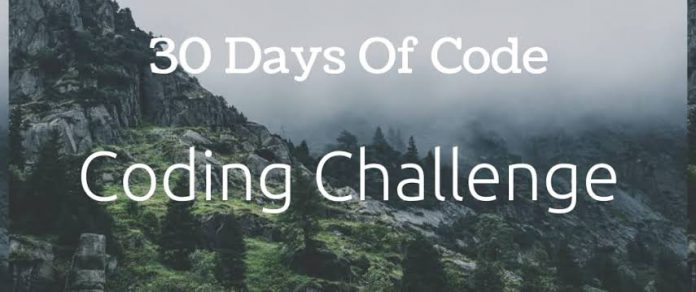Learning Coding can be fun and important at the same time now. Yes, you read it right. When everyone is busy taking the 75 days challenge, why not students and coders take that extra step and create a “30 days challenge to learn Coding”. Edureify is offering a 30 days series on Coding (JAVA, PYTHON, C++) language.This series will help you in starting coding in the right way and in building your basic foundation. Let us move to the blog and explore what Day 1 has for us.
Day 1 of Coding – Python
Python Unveiled – The First Steps into the Programming Realm
Welcome to your Python learning challenge! Today marks the beginning of an exciting journey into the world of Python programming. Let’s kick off with the foundational elements that will pave the way for your mastery of this versatile language.
- Setting the Stage: Python’s Philosophy
Python is renowned for its readability and simplicity. Guido van Rossum, the language’s creator, emphasized code readability, making Python an excellent choice for beginners. The philosophy of Python is encapsulated in the “Zen of Python,” a collection of guiding principles for writing computer programs.
- Installing Python: Your First Interaction
Before we embark on the coding adventure, let’s ensure Python is set up on your system. Visit the official Python website (https://www.python.org/) to download and install the latest version. Once installed, you’ll have access to the Python interpreter, which allows you to execute Python code.
- Exploring the Python Interpreter: A Hands-On Approach
Open a terminal or command prompt and enter python to launch the Python interpreter. This interactive environment allows you to execute Python statements one at a time, making it an excellent tool for learning and experimenting. Try simple arithmetic operations, assign variables, and get a feel for the interpreter’s responsiveness.
- Syntax Demystified: Reading and Writing Python Code
Python’s syntax is designed to be clear and concise. Understand the importance of indentation for code blocks and start writing your first Python script. Use the print() function to display messages, and experiment with different data types, such as integers, floats, and strings.
- Dive into Variables: Storing Information Dynamically
Variables are containers for storing data values. Learn how to declare variables and manipulate their contents. Explore the dynamic typing feature of Python, allowing variables to change types during execution.
- Embracing Data Types: The Building Blocks of Python
Python supports various data types, including int, float, str, bool, and more. Gain a solid understanding of these fundamental building blocks and discover how they interact within Python programs.
- Input and Output: Communicating with Users
Programming is not just about processing data; it’s also about interacting with users. Explore the input() function to receive user input and enhance your programs by incorporating dynamic interactions.
Congratulations on completing Day 1! You’ve laid the groundwork for your Python journey. Stay tuned for tomorrow’s adventure, where we’ll delve into more advanced concepts, bringing you one step closer to Python proficiency. Happy coding!
Assignment for Day 1: Python Basics
Part 1: Syntax and Variables
- Write a Python script that declares two variables, num1 and num2, and assigns them numerical values.
- Calculate the sum, difference, product, and quotient of num1 and num2.
- Use the print() function to display the results with meaningful messages.
Part 2: Data Types
- Create variables to store different data types: an integer, a float, and a string.
- Experiment with converting between data types (e.g., convert an integer to a float, and vice versa).
- Print out the data type of each variable using the type() function.
Part 3: User Interaction
- Write a program that asks the user for their name using the input() function.
- Display a personalized greeting using their input.
Bonus: Combine it All
Create a more complex program that takes two numbers as input from the user, performs multiple operations (e.g., addition, subtraction, multiplication, and division), and displays the results with informative messages.
Feel free to explore additional concepts beyond the assignment to deepen your understanding. Don’t hesitate to reach out if you have questions. Happy coding
Master Your Coding Skills with BootSelf AI
If you're looking to enhance your coding abilities and upskill in artificial intelligence, look no further than the BootSelf AI app. This innovative platform provides AI-based coding lessons that are tailored to your individual learning pace.
Available on both iOS and Android, you can download the BootSelf AI app and start mastering coding skills today:






